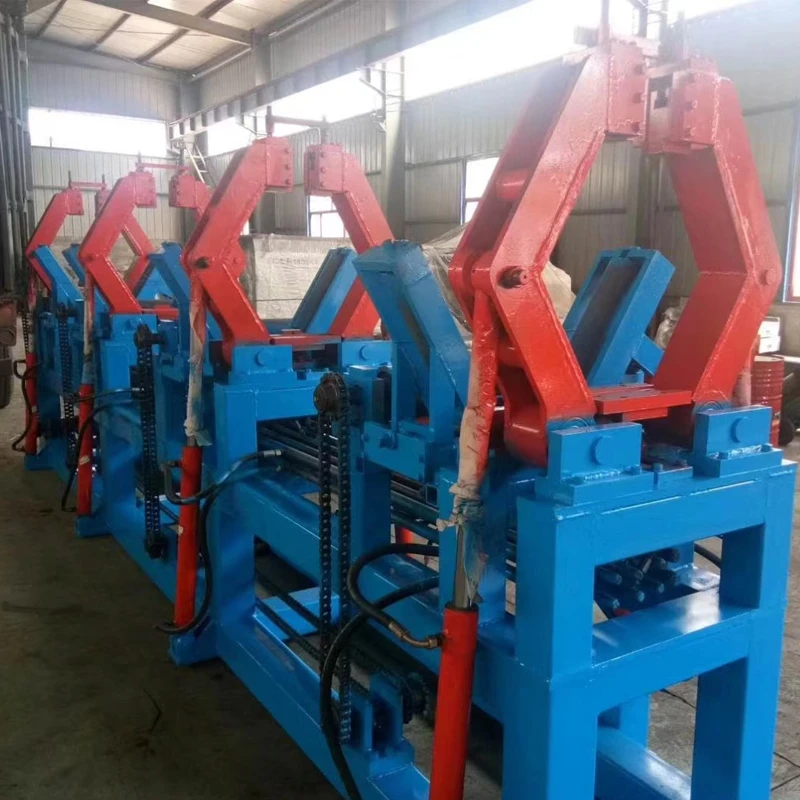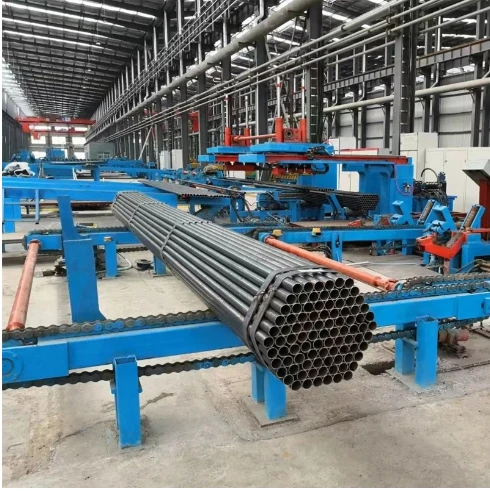Channel Roll Forming Machine High-Speed Custom Solutions & Prices
- Overview of Channel Roll Forming Machines
- Technical Advantages Driving Efficiency
- Manufacturer Comparison: Key Metrics
- Custom Solutions for Diverse Needs
- Industry Applications and Case Studies
- Cost-Benefit Analysis and ROI
- Future Trends in Channel Roll Forming

(channel roll forming machine)
Channel Roll Forming Machines: Precision Engineering for Modern Manufacturing
Channel roll forming machines are specialized equipment designed to produce metal channels with consistent cross-sections, catering to industries ranging from construction to automotive. These machines utilize a series of rollers to progressively shape metal coils into U-shaped, ceiling, or POP channels. With a global market CAGR of 5.2% (2023-2030), demand is driven by infrastructure development and lightweight material adoption. For instance, a single high-speed machine can produce up to 45 meters of channel per minute, reducing labor costs by 60% compared to traditional methods.
Technical Advantages Driving Efficiency
Modern channel roll forming systems integrate servo-driven controls and IoT-enabled diagnostics, ensuring precision down to ±0.1mm. Advanced models feature:
- Automated thickness adjustment: Reduces setup time by 70%.
- Energy-efficient motors: Cut power consumption by 25%.
- Dual-side welding: Enhances structural integrity for load-bearing applications.
A recent study showed that factories using AI-optimized roll forming machines achieved 92% material utilization rates, minimizing waste.
Manufacturer Comparison: Key Metrics
| Manufacturer | Production Speed (m/min) | Material Thickness (mm) | Price Range (USD) |
|---|---|---|---|
| Company A | 30-40 | 0.3-3.0 | $85,000-$120,000 |
| Company B | 25-35 | 0.5-2.5 | $75,000-$110,000 |
| Company C | 35-45 | 0.4-3.2 | $95,000-$135,000 |
Custom Solutions for Diverse Needs
Leading suppliers now offer modular designs allowing clients to configure machines for specific channel profiles. Options include:
- Hydraulic punching units for pre-cut holes
- Galvanized steel compatibility for corrosive environments
- Variable flange widths (20mm-150mm)
A European automotive supplier reduced component costs by 18% using a customized U-channel machine with integrated laser measurement.
Industry Applications and Case Studies
Case 1: A Middle Eastern construction firm deployed six ceiling channel roll forming machine
s to produce 12,000 tons of HVAC ducts annually, slashing project timelines by 40%.
Case 2: An appliance manufacturer achieved 99.3% dimensional accuracy across 500,000 POP channels monthly after upgrading to servo-controlled systems.
Cost-Benefit Analysis and ROI
While premium ceiling channel roll forming machines command higher upfront costs ($110k-$150k), their 3-year ROI often exceeds 200% through:
- 30-50% lower maintenance vs. conventional press brakes
- 15% energy savings via regenerative drives
- 20% faster order fulfillment with digital twin integration
Channel Roll Forming Machines: Shaping Tomorrow’s Infrastructure
As smart factories proliferate, next-gen roll forming systems will incorporate predictive maintenance algorithms and 5G-enabled remote monitoring. Manufacturers investing in these technologies today are positioned to capture 65% of the estimated $2.1 billion channel production market by 2028.

(channel roll forming machine)
FAQS on channel roll forming machine
Q: What factors influence the price of a ceiling channel roll forming machine?
A: The price depends on production capacity, material thickness compatibility, automation level, and additional features like cutting systems. Customization and brand reputation also affect costs. Requesting a detailed quote from suppliers ensures accurate pricing.
Q: What are the key applications of a U channel roll forming machine?
A: U channel roll forming machines produce U-shaped metal channels used in construction, automotive frames, and HVAC systems. They are ideal for creating structural supports, edging, and reinforcement components. Their versatility suits both lightweight and heavy-duty applications.
Q: How does a POP channel roll forming machine differ from standard models?
A: POP channel machines specialize in creating precise plasterboard partition (POP) channels for false ceilings and drywall systems. They feature tailored rollers for consistent profile dimensions and faster speed settings. This ensures high-quality output for interior construction projects.
Q: Can a single channel roll forming machine produce multiple profiles?
A: Yes, some advanced models allow quick roller die changes to switch between profiles like U, C, or POP channels. However, this depends on the machine’s design and compatibility with interchangeable tools. Check specifications with the manufacturer for multi-profile capabilities.
Q: What maintenance is required for a ceiling channel roll forming machine?
A: Regular lubrication of rollers and bearings, inspection for wear on forming tools, and cleaning debris ensure optimal performance. Scheduled calibration of sensors and motors prevents downtime. Follow the manufacturer’s maintenance guidelines for longevity.
-
Panel Roll Forming Machine High-Speed AG & Wall Panel ProductionNewsMay.24,2025
-
Roller Shutter Door Making Machine High-Speed & Precision DesignNewsMay.24,2025
-
High-Precision Shutter Plate Making Machine Steel Flattening & Hydraulic Cutting SolutionsNewsMay.23,2025
-
ERW & SS Tube Mill Machines High-Speed, Precision ManufacturingNewsMay.23,2025
-
Coil Decoiler Machines Heavy-Duty Steel & Rebar Straightening SolutionsNewsMay.23,2025
-
Shear Iron Cutting Machine High-Speed Precision & DurabilityNewsMay.22,2025


